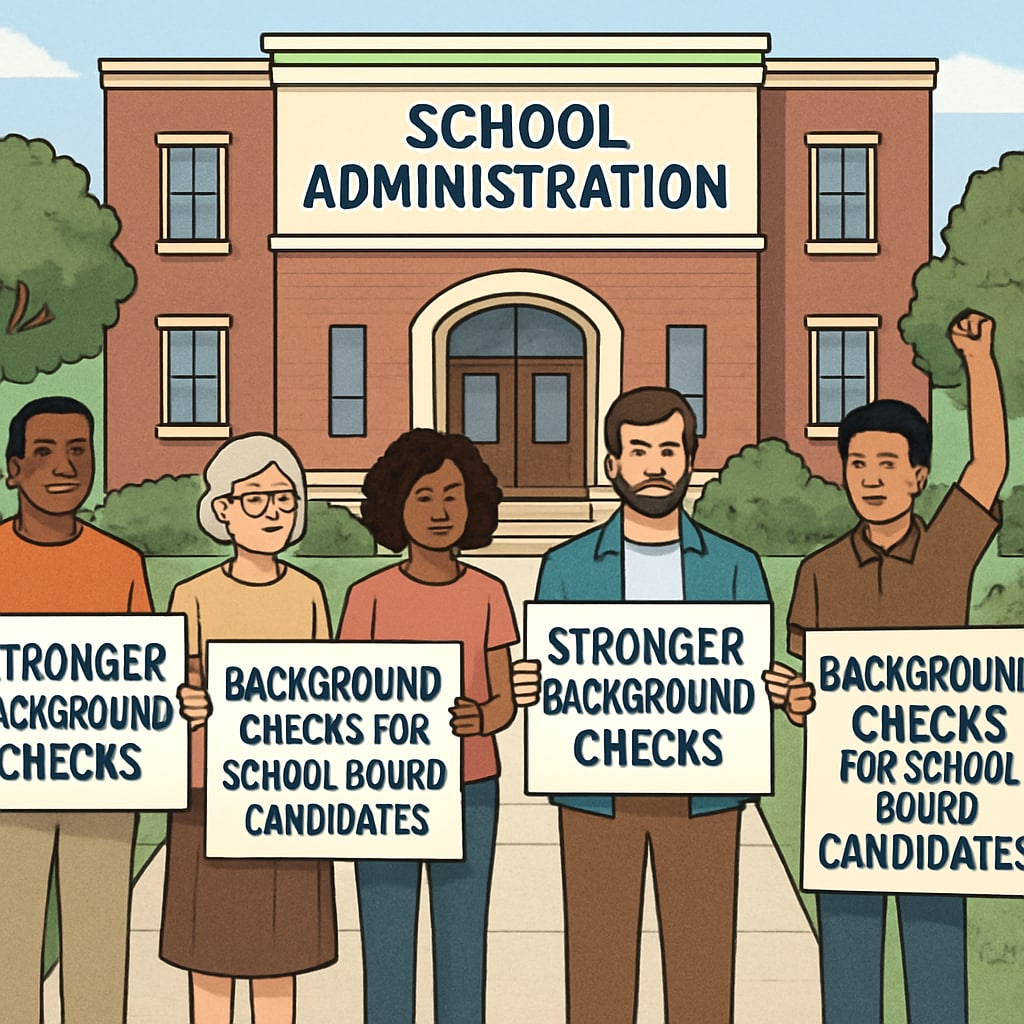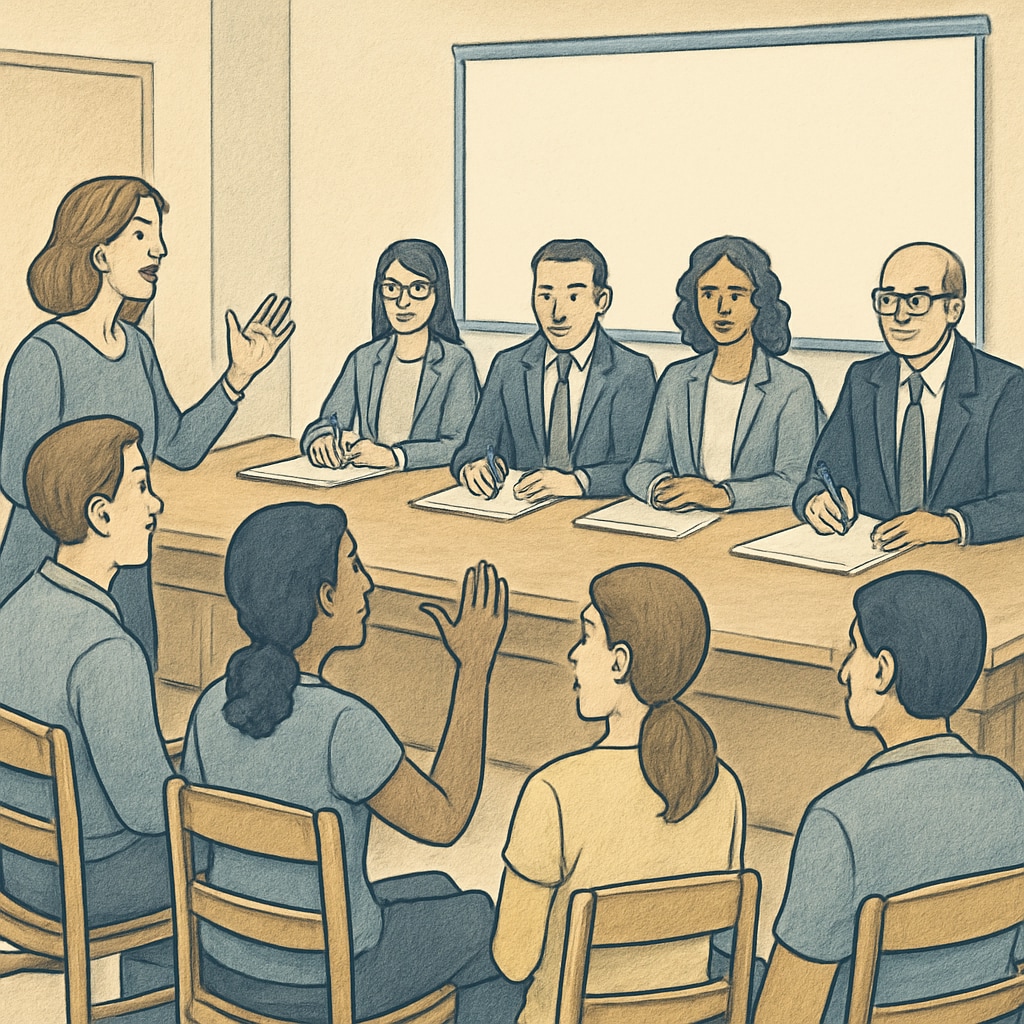Recent protests in a small Maine town have drawn national attention to the issue of school board governance. The controversy centers around protests against a school board member with a violent criminal history, sparking intense debate over the balance between student safety, community rights, and second chances. The incident has raised questions about whether individuals with such backgrounds should hold positions of influence in institutions responsible for the welfare of children. This debate touches on critical topics, including background checks, accountability, and the role of public participation in school governance.

When Safety and Accountability Collide
School boards play a pivotal role in shaping educational policies and ensuring the safety of students. However, the appointment or election of members with violent criminal histories raises significant concerns. While every individual has the right to rehabilitation and reintegration into society, positions on school boards demand a higher standard of trust and responsibility. For example, community members in Maine argued that allowing individuals with violent pasts to serve in such roles compromises the trust parents place in schools to prioritize student welfare.
According to Britannica’s definition of school boards, these bodies are accountable for managing school district policies, budgets, and safety protocols. Advocates for stricter background checks believe that these responsibilities necessitate thorough vetting processes to ensure candidates align with community expectations for safety and integrity.
The Role of Background Checks in School Governance
Background checks are a common practice in many professions, especially those involving vulnerable populations such as children. However, regulations governing school board candidacies vary widely across states. Some districts mandate comprehensive checks, while others impose minimal requirements. This inconsistency has left many communities questioning the adequacy of existing safeguards.
For example, a background check can reveal critical information about past convictions, but it cannot always account for behavioral changes or rehabilitation efforts. Critics of a blanket exclusion policy argue that rehabilitation should be recognized, but proponents of stricter rules emphasize that student safety must remain the primary concern.

Community Involvement in Decision Making
Community action has proven to be a powerful force in influencing school district policies. In the Maine controversy, local protests served as a catalyst for broader discussions about governance standards. Residents demanded greater transparency in the selection process and insisted on their right to participate in decisions affecting their children’s education.
One potential solution is increased community involvement in school board elections and appointments. By allowing voters to have direct input, districts can ensure that candidates meet the community’s expectations for safety and accountability. However, this approach may also require educating the public about the responsibilities and qualifications of school board members to avoid biases and misinformation.
Striking a Balance: Reforming School Governance Policies
To address these challenges, experts recommend a balanced approach that respects both legal principles and community concerns. Some suggestions include:
- Standardized background checks for school board candidates across all states.
- Transparency in the selection process, including access to candidates’ records where legally permissible.
- Community forums to discuss the criteria for board membership and address concerns proactively.
- Increased collaboration between school districts and legal experts to assess candidates fairly while prioritizing student safety.
Ultimately, creating a system that protects students while respecting rehabilitation efforts and legal rights requires careful consideration and input from all stakeholders.
As this issue gains national attention, it is clear that school boards must evolve to meet modern challenges. By ensuring transparency and accountability, communities can work together to build safer educational environments for students and families.
Readability guidance: Use short paragraphs and bullet points to summarize complex ideas. Ensure smooth transitions between sections to maintain a logical flow. Limit jargon and provide definitions for terms like “background checks” and “school board governance” where necessary.


